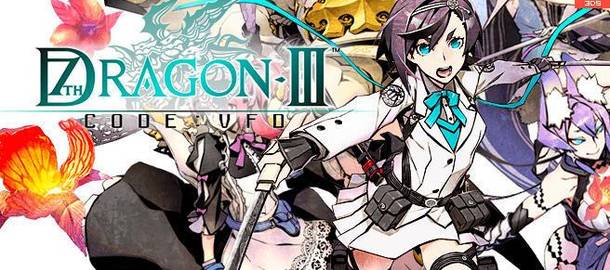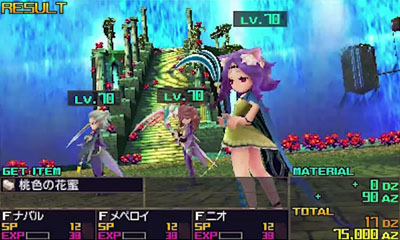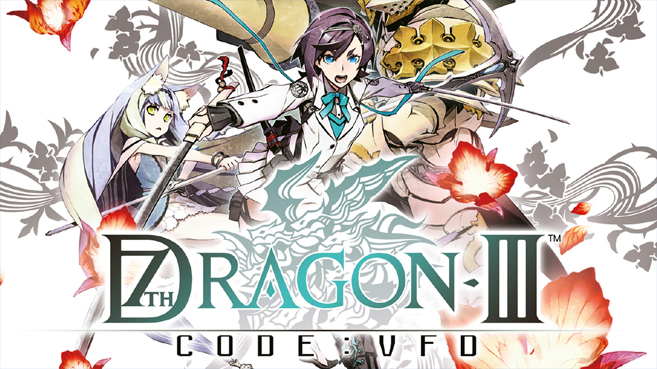

The game is mostly your standard text-based adventure, so having a copious amount of voices to choose from just for a few “unghs” and “hiyah”s seems overdone, and put mainly to be a selling point for character customization, despite its lack of influence to the characters and the game. The various voices you choose from are only meant for in-battle grunts, and smaller occasions in which no actual voice acting is conducted. Colors usually have three variants, each of which isn’t particularly exciting or noteworthy. Both styles usually look similar, with the separate “appearances” only being that you can change the color of the clothes.

Reason being, starting with the classes, is that each class only has two “styles” that alter the design of both the male and female of the class.

The character creation aspects don’t really give you much to choose from, despite the 8 classes, 32 appearances in total, and 40 voices. Instead, it was only due to the fact that I simply became bored of what I was using and wanted to change it up a bit. By various methods of hacking, you can, in one case, confuse the monsters by thinking they are the enemy and having them attack each other for a few turns, or gain data on them for higher chance of critical hits.) The only reason why I ended up changing much later into the adventure wasn’t even because I couldn’t progress or wasn’t doing significant damage. I went through a significant portion of the game simply with a Duelist (this Yu-Gi-Oh!-inspired class uses cards to summon monsters to fight by your side, as well as putting battle-hindering effects – ala trap cards – such as spikes on the ground that damage the enemy whenever they engage you), a God-Hand (these guys tend to be quick, swift, and deal a decent amount of damage, while also having the ability to heal themselves and party members without the use of items), and an Agent (Agents utilize hacking and projectile weaponry to both defend and give the overall team an upper-hand in battle. These classes can be changed at any given point in one of its various hub worlds to take advantage of certain situations, but I couldn’t help but feel like this was a mechanic that was added for the sake of having the player feel more personalization or making the game feel deeper than it actually is. 7th Dragon III puts a big emphasis on its ability to have you customize your team “heavily” so you can strategically make your way through the game and its multitude of dungeons by having eight classes to pick from, but only three you can have in battle at a time.


 0 kommentar(er)
0 kommentar(er)
